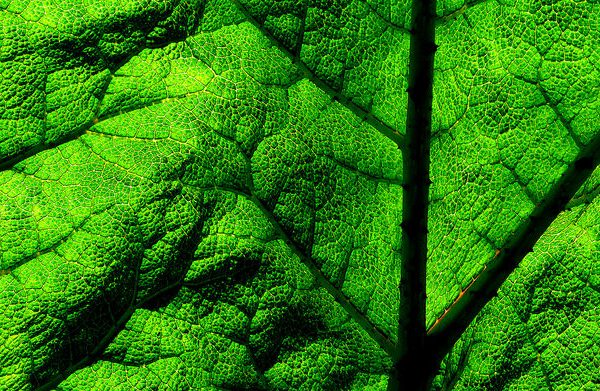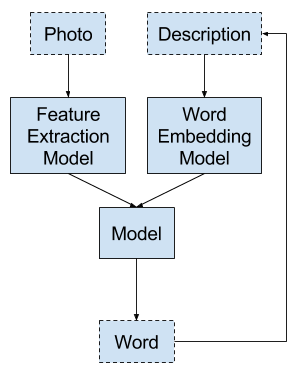How to Get Started with Deep Learning for Natural Language Processing
Last Updated on August 14, 2020 Deep Learning for NLP Crash Course. Bring Deep Learning methods to Your Text Data project in 7 Days. We are awash with text, from books, papers, blogs, tweets, news, and increasingly text from spoken utterances. Working with text is hard as it requires drawing upon knowledge from diverse domains such as linguistics, machine learning, statistical methods, and these days, deep learning. Deep learning methods are starting to out-compete the classical and statistical methods on […]
Read more








